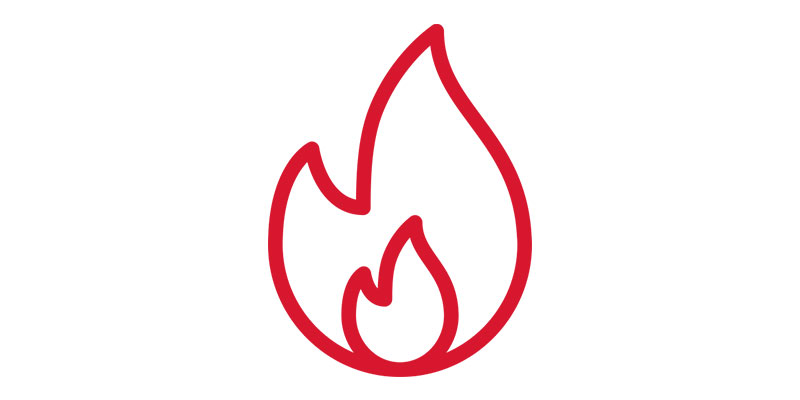For every company in Sydney it is essential to ensure that fire protection is not only an obligation of law, but also a vital part of keeping employees clients, customers, and the property secure. Fires can cost a lot within minutes. However, with the proper safety measures in place, a lot of these risks can be minimized or prevented. Fire inspections, regular testing and tagging of electrical systems, and complying with CFSP rules all work to create a safer environment and ensure businesses remain compliant with the local government as well as Building Code of Australia (BCA) standards.
Why fire inspections are essential to ensure safety
The primary line of defense is fire inspections. These inspections ensure that all the components of the fire protection system in the building are functional and current. Businesses in Sydney are required to carry out inspections 6 or 12 times every year, depending on the kind of building they are operating as well as the rules of the council. Inspections may include anything from smoke alarms to sprinkler systems to fire alarm panels to hydrants, emergency lighting, and even fire alarms.

What makes inspections so vital is their ability to spot concealed issues before they turn potentially dangerous. A tiny flaw in a fire hydrant, or a blocked smoke detector may appear insignificant at first however, in the event of an emergency, these faults could be fatal to lives. Regular inspections for fires are a proactive method for business owners to ensure that they are meeting their legal obligations, but also protect themselves from unplanned tragedies.
Test and Tag: Addressing Hidden Electric Risks
Electrical systems are one of the leading sources of fires in the workplace, which is why testing and tagging must be an integral part of a fire safety program. The procedure involves examining electrical equipment for safety, function and compliance, after which adding a tag to show that the item has been inspected. This is not just a standard requirement for many firms. It is also a way to protect against the hidden dangers.
If unchecked older wiring, malfunctioning appliances, or worn out cables can be fire hazards. Businesses can reduce the risk of fires by regularly testing and marking electrical equipment. Employees also have confidence that the workplace is safe. This helps create a feeling of trust and security in the workplace. Combining testing, tagging and fire inspections, you can create an entire safety program that minimizes risks on multiple different fronts.
The purpose of CFSP is compliance and certification
In New South Wales, only a Competent Fire Safety Practitioner (CFSP) is authorized to certify and sign critical documents for fire safety, like Annual Fire Safety Statements. The introduction of CFSP accreditation has raised the standard of fire safety and ensures that only experts with qualifications assess and confirm security measures. Utilizing a CFSP guarantees that inspection reports aren’t just paperwork but dependable evaluations conducted by experts.
The role of a CFSP extends far beyond ticking boxes. These professionals assess the condition and performance of fire protection systems, issue complete reports and prove that they are in compliance with the regulations. Companies that don’t have CFSP certification run the risk of being fined, facing legal issues, or even shutting down should they be found as lacking in fire protection. A partnership with certified professionals guarantees that fire safety systems are maintained correct and that compliance requirements are met without unnecessary stress.
Fire Safety: A Lifetime Obligation
Safety in the event of fire is not a one-time obligation but it is a continuous responsibility for each business owner. Regular inspections, constant examination of electrical systems and proper certification through CFSP supervision create a cycle of safety that doesn’t stop. Beyond compliance with law and ongoing monitoring, this approach helps to create an environment of safety in the workplace. Employees feel secure knowing that clear evacuation plans are in place Smoke alarms are working and tested for emergency lighting and fire-fighting systems are fully functional.
In focusing on fire safety as an ongoing process, not just a checkbox that needs to be checked annually Businesses can cut down on risks while also improving their reputation. Clients and customers feel more safe in a setting that is a safe and secure environment. A proactive, long-term approach to fire protection can save money through preventing expensive damage and legal disputes, as well as fines. It also protects every person in the building.
Conclusion
The safety of your property in Sydney requires a multi-layered approach which includes fire inspections testing and tagging, and an official certification from an CFSP. Each component plays an important function in ensuring that businesses comply with the law and, more important, it ensures that the safety of property and people is ensured. Safety is an integral part of business operations, not an afterthought. Businesses can comply with their legal requirements and create an even more secure and resilient atmosphere in the near future if safety is a fundamental part of everyday operations.
